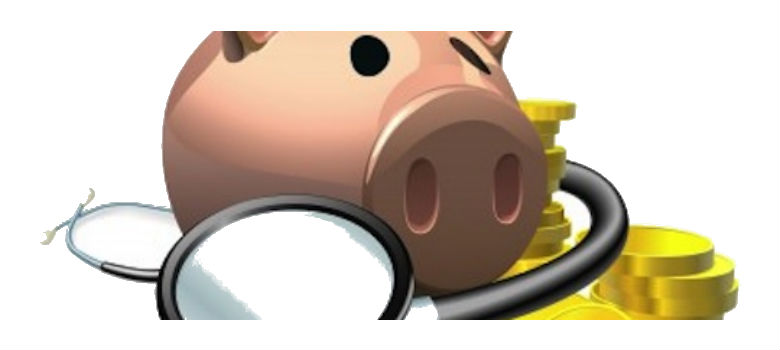During these volatile economic times, there are still ways to make good investment decisions. Here’s how.
This year has been very volatile when it comes to money. Stocks, bonds, currencies and commodities have seen significant price increases, decreases or both. It seems as though every week a new crisis—real or imagined—is making news around the world. This news leads to as much as tens of billions of dollars a week being transferred from one investment type to another.
It’s enough to give even the most seasoned investor indigestion. Speaking informally with hedge fund managers and institutional investors, you have a sense that this is the first time in their careers that many have seen this degree of volatility. This is the message from sophisticated investors managing hundreds of millions of dollars. For small investors managing their retirement funds, the feeling is much worse.
Can you keep your money safe?
Despite this environment of heightened uncertainty, there are still many opportunities to make prudent investment decisions. Will you achieve outsized returns? Probably not. But you will protect your capital and sleep more soundly at night. For business owners, this is an especially important issue to address.
Being self-employed or owning a small business carries inherent risks. It’s far more likely that a company selling $1 million a year founded 5 years ago will go out of business versus a company selling $10 billion founded 50 years ago. Employees of large companies have a certain degree of stability and certainty with their income streams. Small business owners run the risk of seeing their main source of income reduced significantly or even eliminated over a few poor decisions, bad timing or just bad luck.
Since entrepreneurs and business owners are taking greater risk with their income, they should be more cautious with their investments. One helps balance out the other.
So where can you keep your money safe?
The focus is safety, not return. Your first line of defense is an FDIC insured bank account. FDIC insurance gives you nearly instant access to your money in case your financial institution goes out of business. I wrote about some of the finer points in an earlier article. The return you’ll earn on these accounts may not even be enough to pay for coffee. There are tradeoffs.
Large caps with high dividends are one way to go
Another option which provides a combination of safety, cash flow and potential upside are large capitalization, divided-paying stocks in stable industries. Large capitalization (“large cap”) stocks refer to companies whose capitalization (stock price multiplied by shares outstanding) is in the billions of dollars. These stocks are far less volatile than their small cap cousins. The returns won’t be spectacular, but you’ll have some confidence that they’ll maintain their value or recoup it in less time with each down turn.
Stocks with high dividend yields, like utility companies, provide regular cash flow that can be reinvested or used for regular expenses. Given that many stock prices are depressed, the yield, measured as the ratio of the dividend to the stock price, are quite high. There are large cap, stable stocks yielding 4 percent, 5 percent or more right now. A $500,000 portfolio yielding 5 percent in dividends would generate $25,000 in pre-tax income. This is in addition to any potential upside through capital appreciation. It’s almost the best of both worlds.
